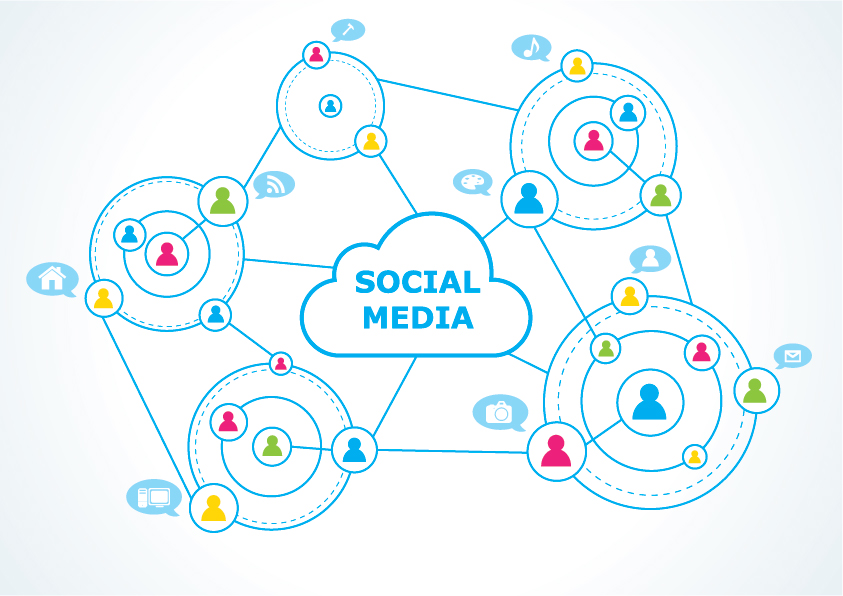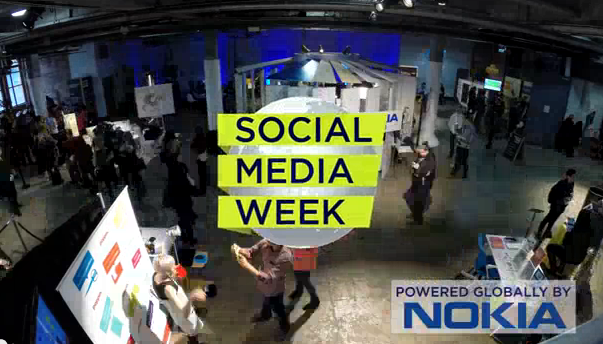Augment reality is quickly becoming the hottest trend in digital marketing, as it offers companies a unique way to connect more deeply with customers and engage them more easily than ever before. Unlike virtual reality, which immerses viewers entirely into an alternate realm, augmented reality enhances the existing world around us, allowing us to see what is, and what could be. In this article, I’ll explain how augmented reality is so easy to implement for Marketers and how its unique components are bringing data-driven results.
Augmented Reality versus Virtual Reality
You may have heard the term virtual reality (VR) more often than augmented reality (AR). But AR is actually more common and easier for companies to implement into their digital media strategy. While AR turns two-dimensional marketing to 3D, virtual reality requires a fully rendered world, which creates both cost and complexity issues that limit its advertising potential and market pool. Any customer, on the other hand, can use AR with a smartphone or a computer. What’s more, data has proved its effectiveness. A study conducted by the Journal of Interactive Advertising found that consumers preferred an augmented reality advertisement to a print ad for its novelty and effectiveness.
Ideal Digital Markets for AR Implementation
AR technology offers costumers a live view of what they could have, rather than relying on their imaginations. This makes home projects and remodeling are optimal markets for AR. IKEA gained big success in the implementation of AR technology in their smart phone app, which allows customers to choose furniture from the site and place it virtually throughout their houses. Another great market for AR is the beauty and fashion industry. It offers consumers a digital view of clothing items or accessories that virtually projects onto their cameras. Designer Rebecca Minkoff implemented “magic mirrors” in various fitting rooms of her flagship stores, allowing customers to virtually shop through dozens of items in the store. One year later, the company saw a 50 percent sales increase in the stores with implemented AR technology.
Perks of AR for Digital Marketing
Interactivity: The experiences drive the new generation of consumers extremely and AR offers them a unique experience to traditional advertising. Their next-level interaction with the products is what will transform them into brand advocates.
Engagement: The ability to engage customers with products leaves a more lasting impact than passing by a banner ad on the street. AR engages customers by allowing them to visualize their lives and themselves with market products.
Personalization: AR digital’s foundation offers myriad varieties and filters for customers to choose from. It allows customers to create a tailor-made virtual image of their potential products. It not only increases their attention but also their likelihood of purchase.
Shareability: AR is completely infused with major digital platforms. Hence, making it a breeze to share with large groups through social media platforms, increasing viewership.
Also read: Next Gen Want a More ‘Human’ Experience Online
The Future of AR
The value of the augmented reality market is projected to reach $117.4 billion by 2022. As AR continues to grow, it will expand the boundaries of the digital marketing industry. It will change the roles of advertisers and consumers. And possibly alter the modern-day meaning of the word “advertisement.”
Related: Augmented Reality: Marketing’s Trillion-Dollar Opportunity
Tags: digital marketing, Video Marketing












